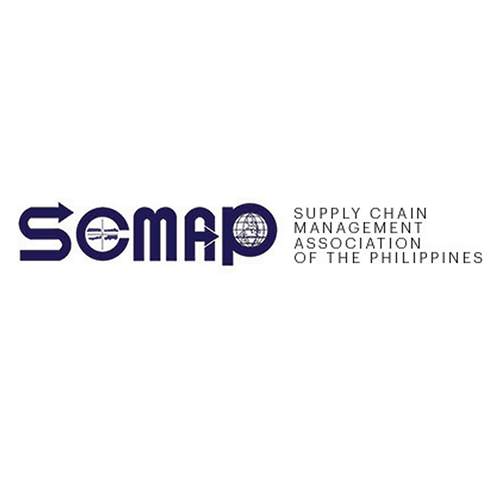You may have noticed this while reading through product reviews on online platforms such as Lazada or Shopee. Most likely the feedback is not about whether the product is any good, but rather about how the product arrived at their doorstep.
Perhaps it’s because the apps for these platforms remind customers to post a review so soon after the transaction. Maybe there’s something about the user interface that leads to reviews about whether the item is wrapped in just the right amount of bubble wrap. Still, this arguably curious phenomenon says a lot about the critical role last mile providers play in completing the customer experience loop.
Come to think of it, our riders and delivery personnel become the “face” of many online sellers. We may buy, say, a copy of Mic On from a seller of Mamamoo merchandise, but that interaction mostly happens through web pages and chat boxes. The person we actually get to see face-to-face (save for a mask, of course) is the guy delivering the product to us. And a lot rides on “kuya rider” or “ate rider”. They make sure our order gets to us in the best condition. (To continue with the K-pop example above, I imagine you’ll be angry if the album came to you with a dent, or a photo card missing.) For sellers, the riders also make sure any payments made through cash-on-delivery actually gets to you.
Also, considering the boom in e-commerce we saw over the past three years or so, delivery personnel becomes a familiar presence to whole communities. Chances are one guy delivers several packages to the same village, and we get to know them as time goes by. They become as trusted a member of our communities as our friendly neighbors and local businesses.
This means a lot of care has to be taken to make sure that our riders can fill these roles effectively. It’s easy for in-house fleets, as they can easily espouse the values of the company they represent. But for the bigger last mile providers with multiple clients, this becomes more of a challenge. Sure, providers will exert efforts to make sure their riders act professionally and safely, but if they have a bad day, or are particularly desperate to complete their trips, they may act below what we expect of them.
An important factor is whether the delivery personnel feel they are valued in their jobs, are compensated properly, and are given the right support. This reminds me of the ongoing debate about the gig economy – are they employees, and thus entitled to benefits, or are they independent contractors? It’s a question we as a country have to look into sooner or later, especially now that last mile providers (and other transport providers) are becoming firmly ensconced in our lives, or at least in urban areas and medium-sized towns. And with the boom in online shopping starting to plateau (or settle down, depending on how you see things), the pressures to ensure profitability may mean forsaking the welfare of the people whose tireless work enabled all this growth over the past couple of years.
Our supply chains are as good as the happiness of our people, whether they be the people who work in our offices, those in our warehouses, or those making the deliveries to stores or customers. And we know happy employees lead to productive employees. As pressures continue to mount, we have to make sure we provide our employees, wherever they may be, with the support they need to do their job better, and perhaps step up to the next level. Compensation packages, opportunities for advancement, and those little gestures that make them feel valued and appreciated – it’s a mix that we have to pay attention to. With the strength of our supply chains becoming critical in the success of our businesses, our people – especially those on the frontlines – should not be left behind.
Henrik Batallones is the marketing and communications director of SCMAP, and editor-in-chief of its official publication, Supply Chain Philippines. More information about SCMAP is available at scmap.org.
PREVIOUS COLUMN: Truly for Everyone





